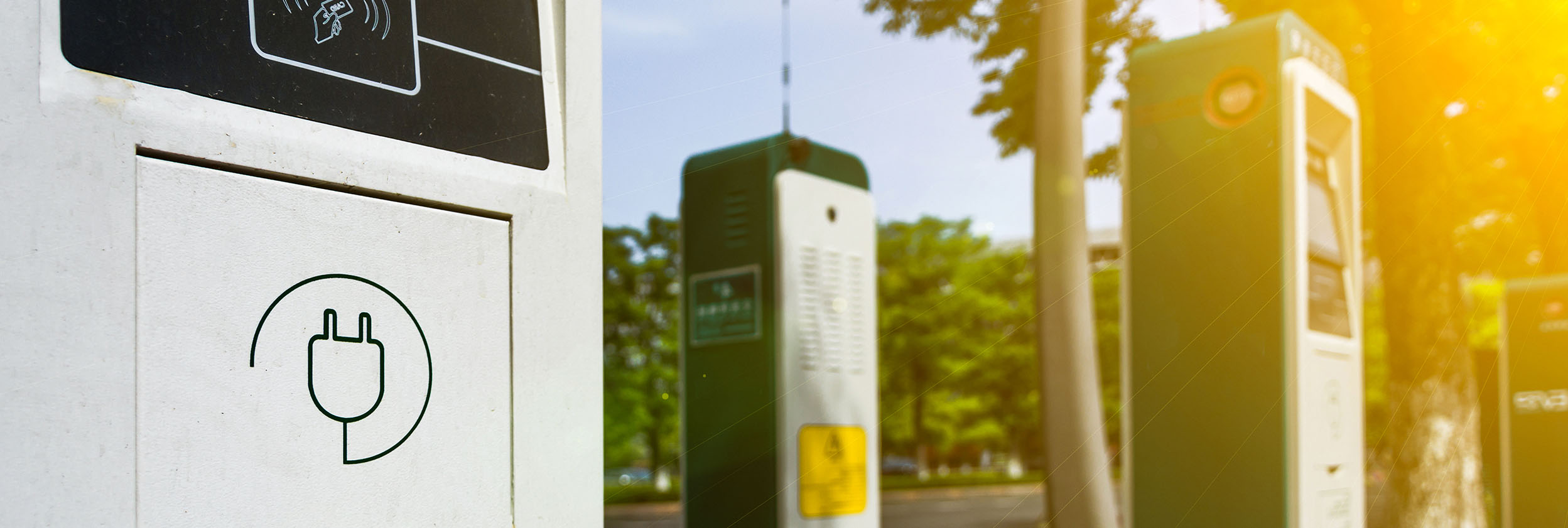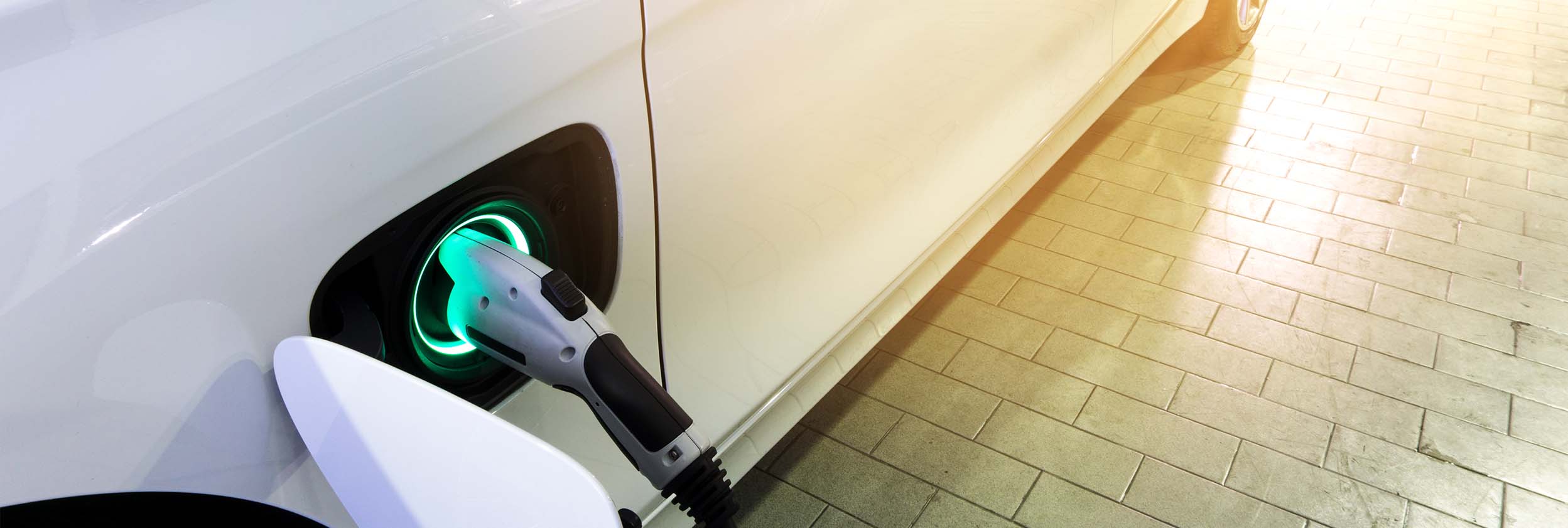As the electric vehicle (EV) market continues to grow, there are more and more questions about EV batteries and the solutions in place for second-life applications. Lee Elwell, Associate Director – Energy, took a deep dive into the topic below:
At what point is an EV battery at the end of its life?
Determining the end of life of an electric vehicle (EV) battery can be complex, as it depends on several factors such as battery chemistry, usage patterns, and environmental conditions. However, some general indications can suggest when an EV battery is approaching the end of its life including Capacity degradation, Power delivery and Battery management system (BMS) warnings coupled with safety concerns.
Overall, there is no set lifespan for EV batteries, as it can vary based on many factors. However, most EV manufacturers offer warranties for their batteries that typically cover between 8 to 10 years or a certain number of miles. After this period, the battery may need to be replaced or repurposed for other uses.
What happens to EV batteries when they are no longer in use?
When electric vehicle (EV) batteries are no longer suitable for use in EVs, one of three things usually occurs:
- Second-life applications: EVs can be repurposed for second-life applications, this can involve using the batteries for energy storage applications such as stationary storage for renewable energy, backup power for buildings, or charging stations for EVs
- Battery recycling Solutions: EV batteries can be recycled to recover valuable materials such as lithium, cobalt, and nickel. The recycling process involves disassembling the battery, separating the components, and recovering the valuable materials. These materials can then be used to manufacture new batteries or other products
- Landfill: Sadly, in some cases, if EV batteries are not properly disposed of, they can end up in landfills, where they can release hazardous materials and pollute the environment. To prevent this, it is important to ensure that used EV batteries are disposed of properly through authorised recycling programs

What do we need to know when it comes to Recycling EV batteries:
Recycling EV batteries is highly important to reduce the environmental impact of battery disposal and recover valuable materials such as lithium, cobalt, and nickel.
Before recycling, the battery is usually pre-processed to remove any hazardous components such as electrolytes or plastics. The battery is then disassembled to recover the valuable metals and other materials.
Once the pre-processing has been completed, we then move on to the separation and recovery where the battery is then crushed or shredded into small pieces, and the materials are separated using different techniques such as magnetic, thermal, or chemical processes. Interestingly the recovered materials can be further processed to obtain pure metals, which can be used to manufacture new batteries.
If you’re anything like me you hate to see items go to landfill, so it got me thinking of how important re-engineering is and second life application.
How important are second-life applications for EV batteries?
Second-life applications for EV batteries are important because they can help to extend the useful life of the battery and reduce waste. When an EV battery can no longer provide sufficient driving range for a vehicle, it may still have up to 70-80% of its original capacity remaining, which can be used in other applications.
Here are some reasons why second-life applications are important:
- Reduce waste: Reusing batteries for other applications can help to reduce waste and the environmental impact of battery disposal. By giving the battery a second life, we can delay the need for recycling or disposal of the battery
- Cost-effectiveness: Second-life applications can provide a more cost-effective solution than recycling or disposal, especially for large-scale energy storage applications. The cost of a used battery can be significantly lower than that of a new battery, making it an attractive option for energy storage projects
- Energy storage: Second-life batteries can be used for stationary energy storage applications, such as in buildings or renewable energy systems. This can help to improve the reliability and stability of the electric grid by storing excess energy when it is available and releasing it when it is needed
- Reduce carbon footprint: By reusing EV batteries for energy storage, we can reduce the carbon footprint of the battery manufacturing process. This is because the manufacturing process for a new battery has a significant environmental impact, including carbon emissions
Overall, second-life applications for EV batteries are an important aspect of the circular economy and can help to improve the sustainability of the electric vehicle industry.

What can we do to support EV recycling?
There are several ways to support electric vehicle (EV) battery recycling:
- Proper disposal: Ensure that used EV batteries are disposed of properly by taking them to authorised battery recycling solution facilities. Many automakers and battery manufacturers offer recycling programs or take-back programs for used batteries
- Consumer education: Educate consumers about the importance of EV battery recycling solutions and how they can dispose of their batteries properly. Encourage consumers to recycle their batteries instead of throwing them away
- Government incentives: Governments can provide incentives to automakers and battery manufacturers to encourage them to recycle their batteries. This can include tax breaks or subsidies for recycling facilities, or mandates for automakers to use recycled materials in their battery production
- Research and development: Support research and development efforts to improve the recycling process and reduce the cost of battery recycling solutions. This can include developing new recycling technologies, optimising the recycling process, or finding new uses for recycled battery materials
- Collaboration: Encourage collaboration between automakers, battery manufacturers, and recycling companies to help develop innovative battery recycling solutions
Overall, supporting EV battery recycling solutions is essential to ensure the sustainability of the electric vehicle industry. By taking action to promote proper battery disposal, educate consumers, provide incentives, support research and development, and encourage collaboration, we can help to reduce the environmental impact of EV battery disposal and promote the circular economy.
Jonathan Lee and EV recruitment
Having evolved with the sector over four decades, Jonathan Lee Recruitment’s capabilities are strongly aligned with the advanced technologies associated with contemporary and future transportation innovation and development.
We provide permanent recruitment, contract recruitment and interim recruitment solutions to OEMs, tier 1 and 2 suppliers, technology developers, consultancies and research institutions covering all automotive, EV and energy industries.